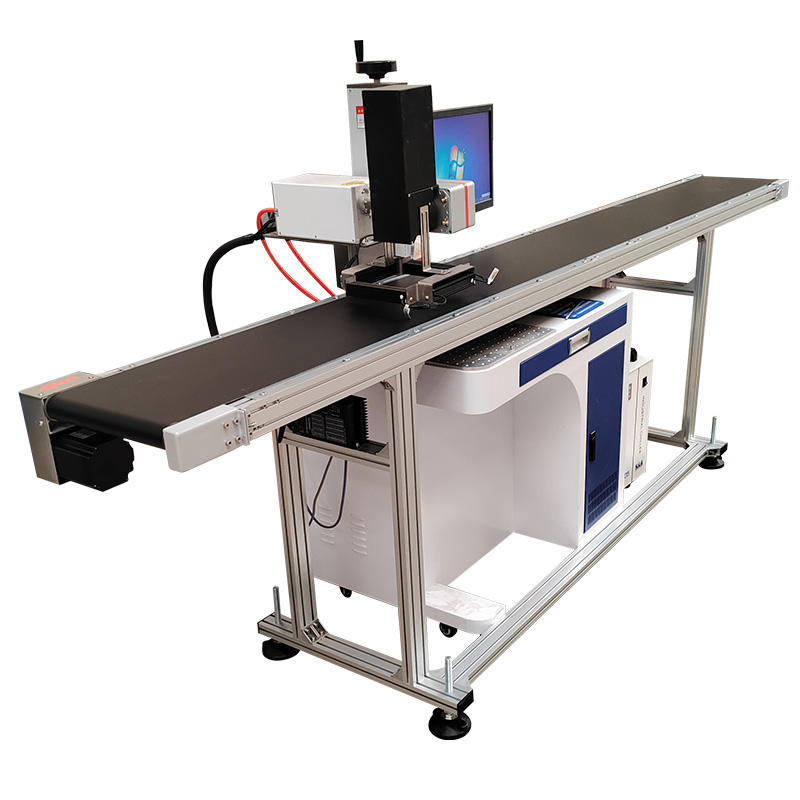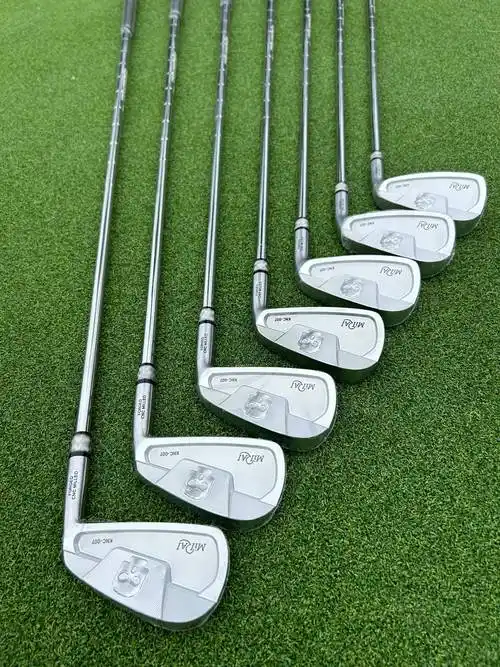The electronics industry is known for its rapid innovation and the continuous demand for miniaturization, precision, and efficiency. As electronic devices become increasingly complex, manufacturers are turning to advanced technologies like laser marking to meet the industry’s strict requirements for component identification, traceability, and branding. Laser marking technology has emerged as a game-changer in this sector, providing solutions that are fast, accurate, and capable of marking delicate components with minimal impact.

Electronic Industry
Key Applications of Laser Marking in the Electronics Industry
1.Component Identification and Traceability
In the electronics industry, It is critical to ensure that each component is traceable from the manufacturing process to the end consumer . Laser marking offers permanent, clear identification marks such as part numbers, serial numbers, logos, and barcodes. These marks are essential for quality control, inventory management, and compliance with industry standards. With laser technology, manufacturers can easily mark electronic components like semiconductors, PCBs, and IC chips with high precision, ensuring they are easily identifiable for maintenance or replacement during the product lifecycle.
2.Micro-engraving on Small Components
The ever-growing trend toward miniaturization in electronics requires the ability to mark extremely small components with high precision. Laser marking can be used for micro-engraving tiny text, logos, serial numbers, and even intricate designs on miniature electronic parts. This is particularly important for components like capacitors, resistors, transistors, and microchips, where space is limited, and visibility and legibility are critical. Laser marking ensures that even the smallest parts are clearly labeled and can be traced for quality assurance and repair.

uv Laser marking machine
3.Branding and Aesthetics
In addition to functional identification, branding is an essential aspect of consumer electronics. Laser marking provides a high-quality, durable, and permanent solution for adding logos, product names, and other branding elements to electronic devices. Whether it’s on the back of smartphones, tablets, laptops, or wearables, laser marking produces crisp, high-contrast results that withstand wear and tear. The ability to engrave or mark without affecting the material’s surface or structure makes it a preferred choice for electronic products that require both branding and a clean, sleek finish.
4.Durability and Wear Resistance
Many electronic components are exposed to extreme environments, including high temperatures, humidity, oils, and other harsh conditions. Laser marking is ideal for creating durable and long-lasting marks that can resist these challenging conditions. Unlike traditional printing methods that can fade, chip, or peel, laser markings are permanent and highly resistant to abrasion, UV rays, and chemical exposure. This ensures that marks on electronics like circuit boards, connectors, and connectors remain intact throughout the lifespan of the product, improving durability and reliability.

CPU Laser Marking Samples
5.Non-contact Marking for Sensitive Materials
One of the significant advantages of laser marking in electronics is that it is a non-contact process. This makes it ideal for delicate components that cannot withstand physical pressure or damage. Whether it’s fragile semiconductor wafers, thin flexible circuits, or sensitive connectors, laser marking leaves no mechanical impact on the material, reducing the risk of damage during the marking process. This capability ensures that electronic components are marked with precision and without compromising their performance.
6.Customized Marking for Different Materials
The electronics industry uses a wide variety of materials, including metals, plastics, ceramics, and composites. Laser marking systems can be customized to mark virtually any material with precision. Whether it’s marking aluminum housings, plastic cases, or glass surfaces, laser technology adapts to different substrates, delivering high-quality results. The ability to adjust the laser’s power and wavelength allows manufacturers to fine-tune the process for each material, ensuring optimal results without damaging the component.
Why Choose Laser Marking in Electronics Manufacturing?
High Precision
Laser marking allows for extremely fine details, making it possible to mark small components with intricate designs, micro-text, or serial numbers that would be difficult or impossible to achieve with traditional methods.
Durability
The marks created by lasers are permanent and resistant to abrasion, chemicals, and UV exposure, making them perfect for use in electronics that undergo frequent handling and are exposed to harsh environments.
Non-contact Process
Laser marking is a non-invasive, non-contact process, ensuring that delicate electronic components are marked without the risk of mechanical damage, deformation, or surface stress.
Customization
Laser systems can be tailored to meet specific requirements for marking different materials, sizes, and surface finishes, providing the versatility needed in electronics manufacturing.
Fast and Efficient
Laser marking is a rapid process that can handle high volumes of components, making it well-suited for the fast-paced electronics production environment.
Cost-effective
While initial setup costs for laser systems may be higher, the long-term savings from reduced consumables (e.g., ink, labels) and higher throughput make it a cost-effective solution.
Recommended Laser Marking Machine for the Electronics Industry
For Delicate and Heat-Sensitive Components
We Recommend the UV Laser Marking Machine because it is the ideal choice for marking heat-sensitive materials such as plastic components, semiconductors, and delicate printed circuit boards (PCBs). The UV laser uses a shorter wavelength that generates minimal heat, making it perfect for fine, high-contrast marks on fragile materials without damaging them. This machine ensures permanent and sharp markings on sensitive parts, such as microchips, glass, and coatings, without causing thermal damage.
For High-Precision Metal Marking
When it comes to marking metals such as copper, aluminum, and stainless steel used in electronics,we recommend the Fiber Laser Marking Machine. It offers exceptional precision and speed, providing durable, permanent marks on metallic surfaces. This machine is ideal for engraving part numbers, serial codes, and logos on connectors, chassis, and other metal components. Its high power and speed ensure that even small and intricate designs can be marked with perfect clarity, making it perfect for industrial-grade applications in electronics manufacturing.
If you want to know more about our laser equipment products, please feel free to contact us.
 ZS Laser Equipment
ZS Laser Equipment










WhatsApp
Scan the QR Code to start a WhatsApp chat with us.